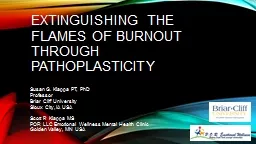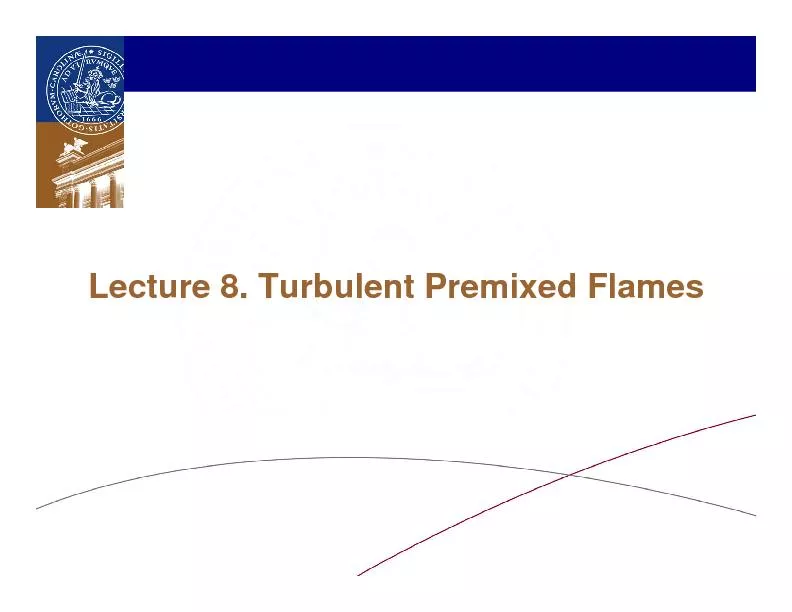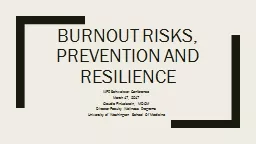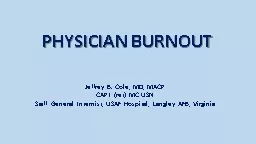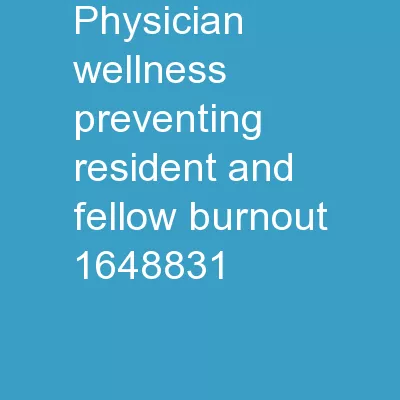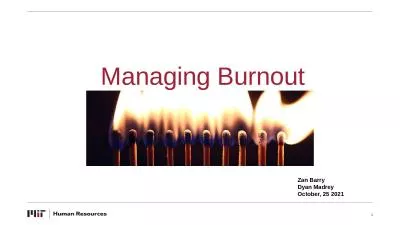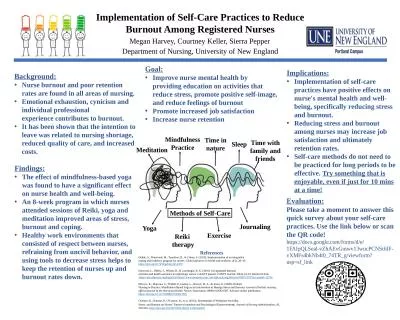PPT-Extinguishing the Flames of Burnout through Pathoplasticity
Author : liane-varnes | Published Date : 2019-11-21
Extinguishing the Flames of Burnout through Pathoplasticity Susan G Klappa PT PhD Professor Briar Cliff University Sioux City IA USA Scott P Klappa MS POR LLC Emotional
Presentation Embed Code
Download Presentation
Download Presentation The PPT/PDF document "Extinguishing the Flames of Burnout thro..." is the property of its rightful owner. Permission is granted to download and print the materials on this website for personal, non-commercial use only, and to display it on your personal computer provided you do not modify the materials and that you retain all copyright notices contained in the materials. By downloading content from our website, you accept the terms of this agreement.
Extinguishing the Flames of Burnout through Pathoplasticity: Transcript
Download Rules Of Document
"Extinguishing the Flames of Burnout through Pathoplasticity"The content belongs to its owner. You may download and print it for personal use, without modification, and keep all copyright notices. By downloading, you agree to these terms.
Related Documents

